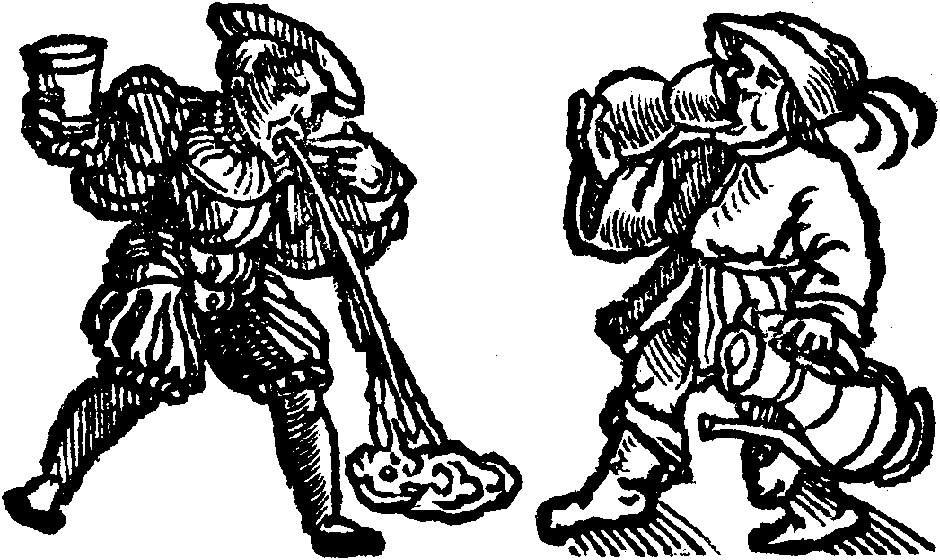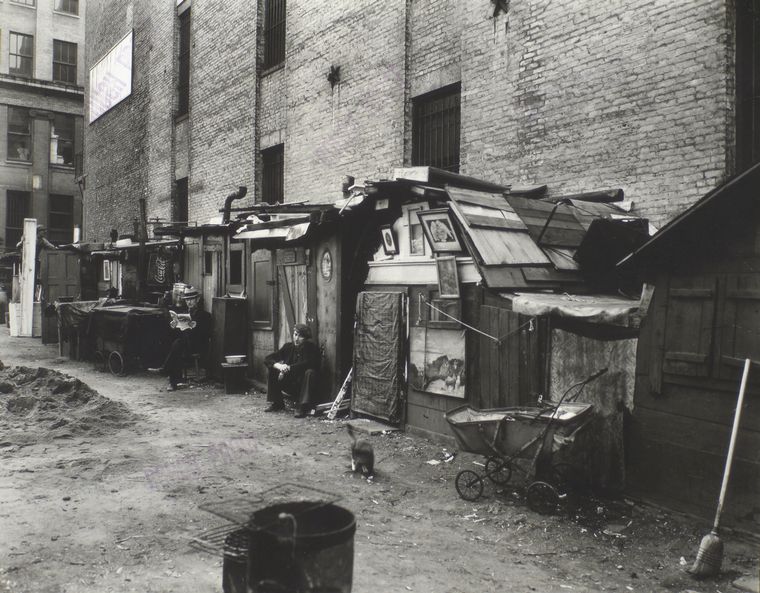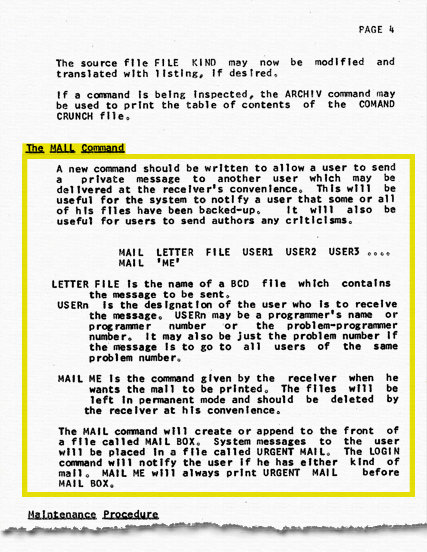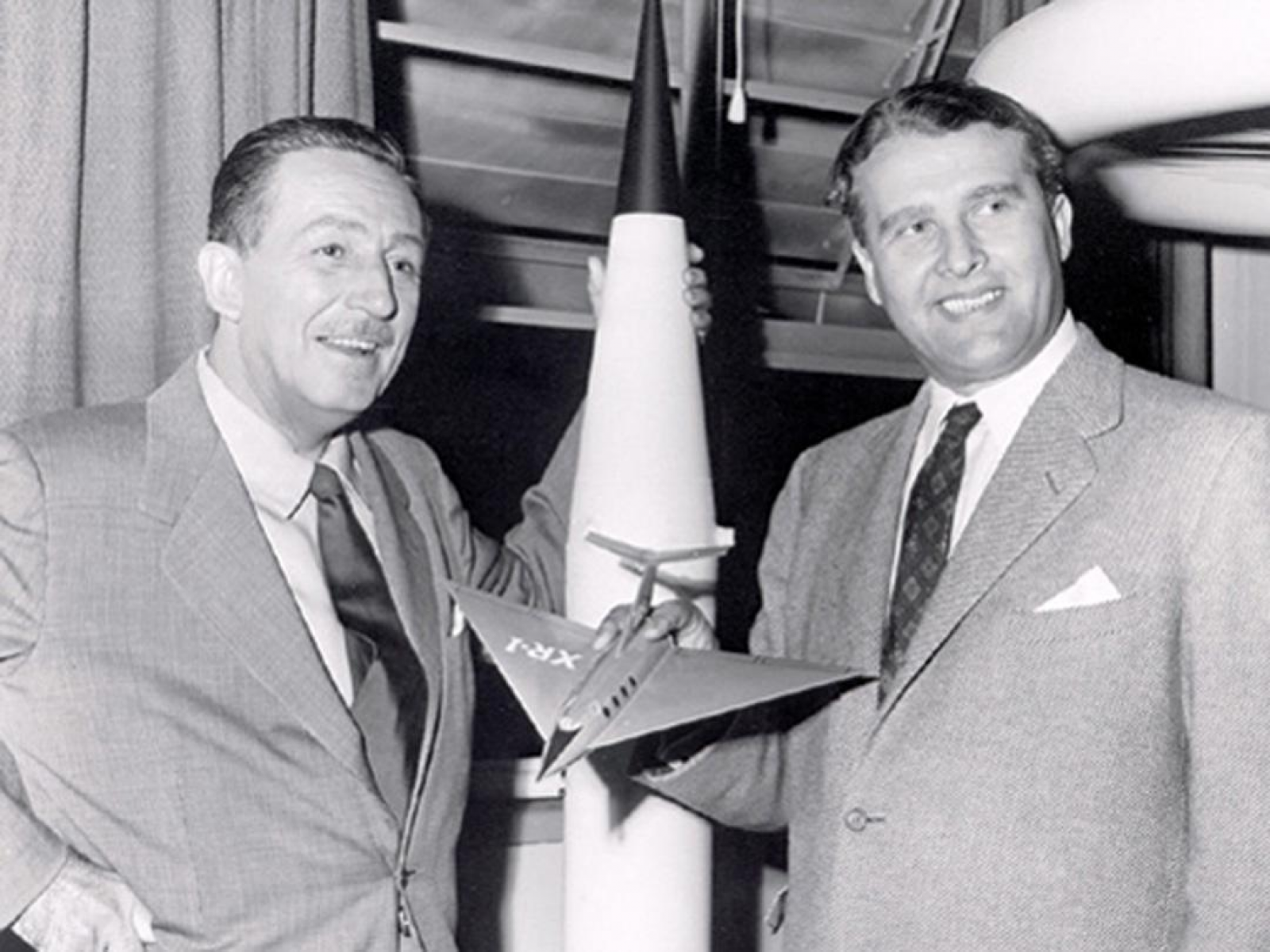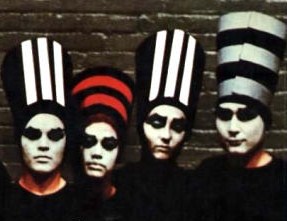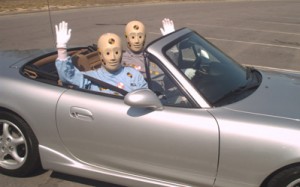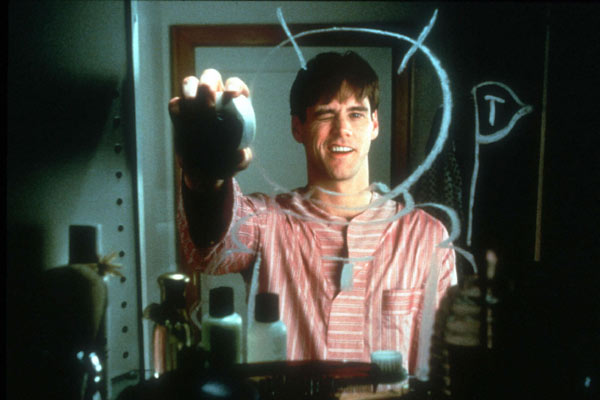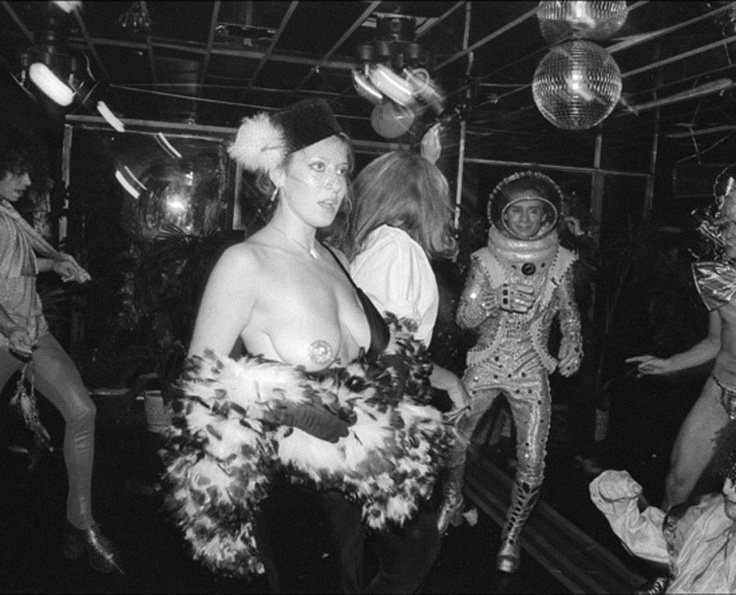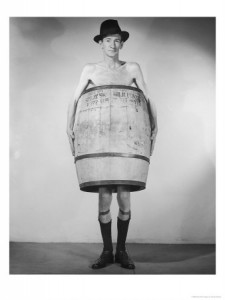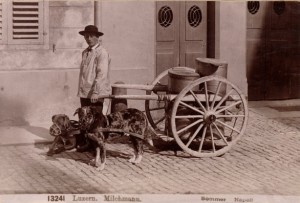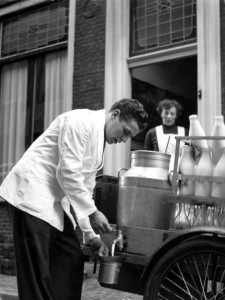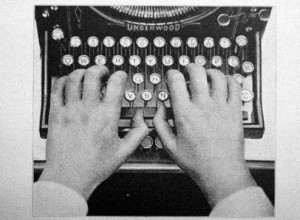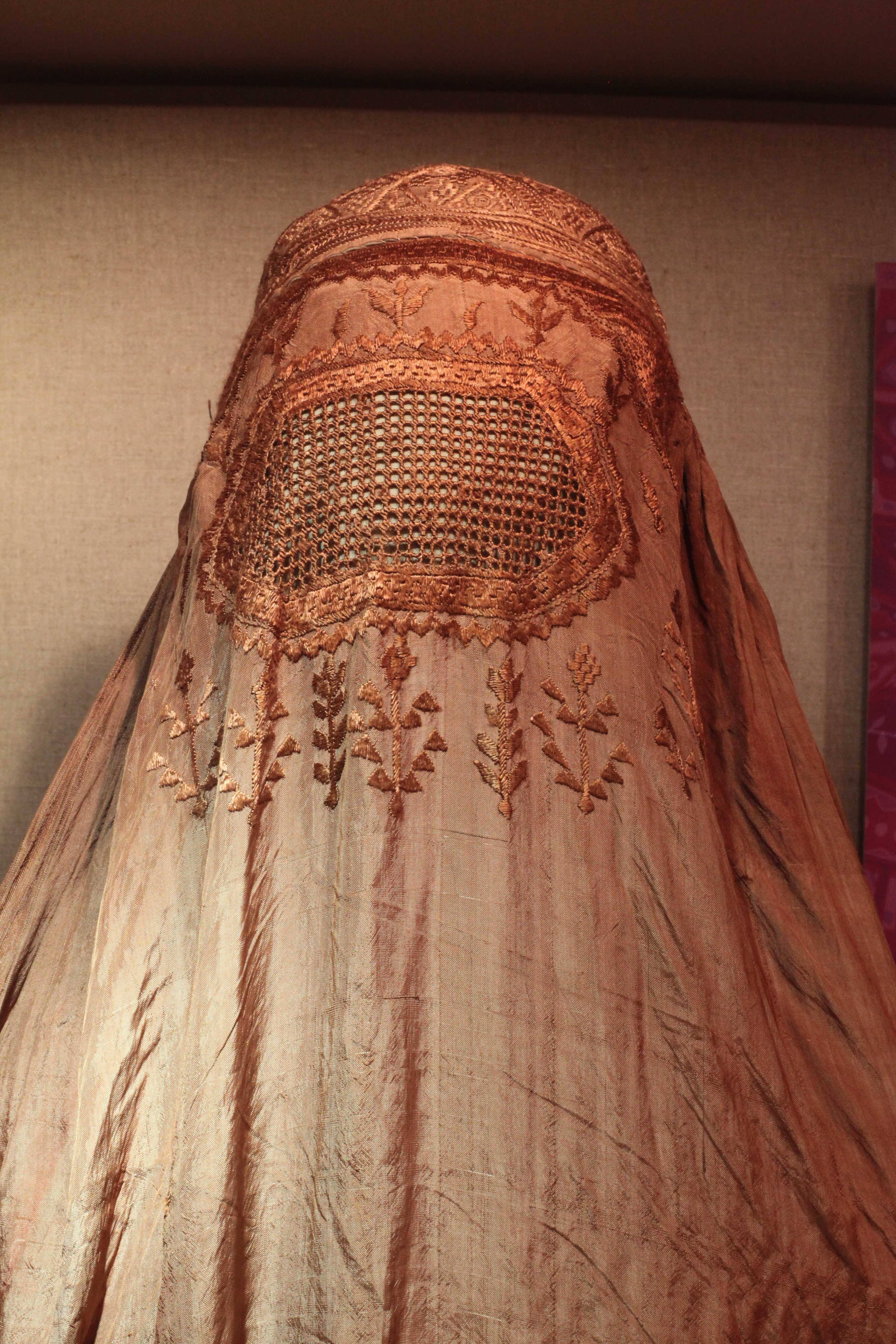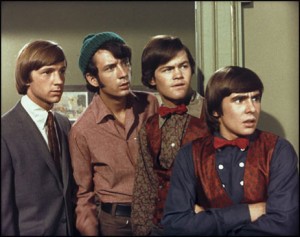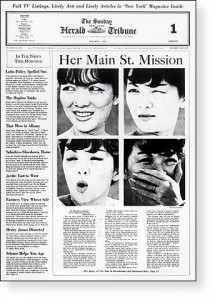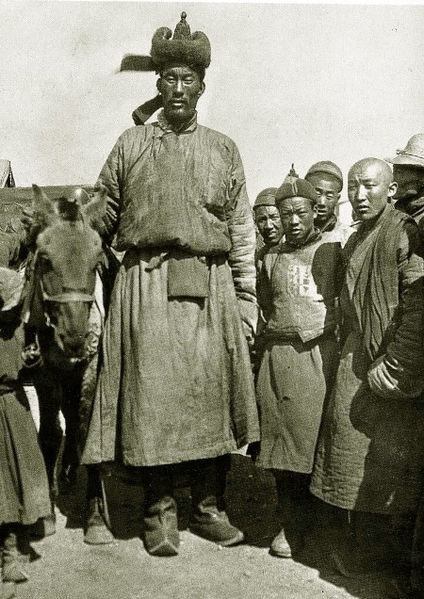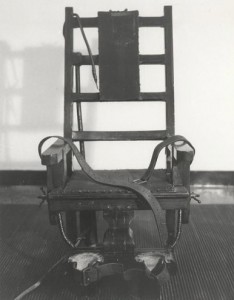
"It required two shocks to kill him. The first applied at 6:04 A.M. and the second about three minutes later."
At one point, death by electric chair was considered a progressive and humane treatment of the condemned. In the late 1880s, New York City formed a commission to devise a less cruel means of execution than hanging. They settled on electrocution and because one of the members of the commission, Alfred P. Southwick, was a dentist by trade, a dentist-office type of chair was decided upon. By 1890, New York was frying instead of hanging those convicted of the worst crimes. One such unfortunate was Lorenzo Priori, whose execution was covered with verve in the February 6, 1901 edition of the Brooklyn Daily Eagle. An excerpt:
“Sing Sing, N.Y.–Lorenzo Priori, who murdered Vincenzo Garaguzo in New York City December 11, 1898, was put to death in the electric chair in the state prison to-day. It required two shocks to kill him. The first applied at 6:04 A.M. and the second about three minutes later. He left with the priests who attended him a statement declaring his innocence.
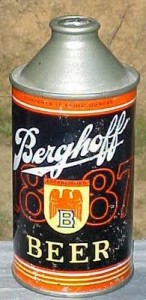
"He and five other Italians, among whom was Vincenzo Garaguzo, were playing cards in the rear of the drug store for a can of beer."
Priori was employed as a clerk in Dr. Pasquale Gilliberti’s drug store, at 530 1/2 Broome Street, Manhattan. On the day of the murder, he and five other Italians, among whom was Vincenzo Garaguzo, were playing cards in the rear of the drug store for a can of beer. Priori lost the game and bought the beer. Then, returning, he waited upon a customer. Afterward he accused the other men of drinking some of the beer. A quarrel ensued and Priori left. When Garaguzo came out of the drug store, Priori, armed with a pistol, followed him to his home, where he shot and killed him.
After conviction of murder in the first degree, Priori obtained a reprieve on the ground of new evidence, showing that James Saccardo, his brother-in-law, fired the fatal shot. Priori said that his brother-in-law was a member of the Mafia and that it was fear of the vengeance of that society that prevented his denouncing Saccardo before. On January 21 Governor Odell notified Priori’s counsel that he could interfere no further in the carrying out of the sentence of death.
In the statement left by the prisoner he reiterated his innocence and declared the crime was committed by Giacomo Saccardo, as he did during his trial. In conclusion, he wrote:
“Goodbye all. I am going to heaven in the arms of Jesus Christ; going where all the innocents will go, sooner or later. I am an innocent orphan.’
The body was claimed by friends of the dead man.”

